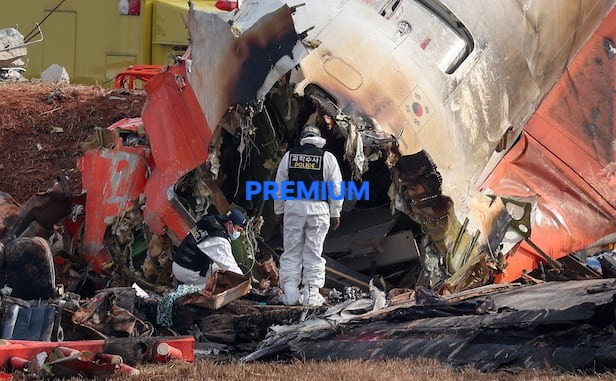Publish

South Korea’s Muan air crash last December, involving a Jeju Air passenger plane, occurred after air traffic control instructed the pilot to switch runways moments before landing—despite the pilot’s repeated intention to land on a safer alternative, official communication records show.
Experts are now questioning whether the decision to change landing directions was appropriate, calling for the full release of communications between the control tower and the aircraft to prevent speculation. South Korea’s Aviation and Railway Accident Investigation Board, under the Ministry of Land, Infrastructure and Transport, has so far released only select portions of the recordings.
Final investigation reports can take over a year to complete. Under current law, the board has broad discretion over what information is disclosed.

According to a 4-minute-and-7-second segment of tower-pilot audio transcripts—not recorded by the aircraft’s black box and obtained exclusively by the Chosun Ilbo—the control tower directed the aircraft to approach runway 19, where a concrete embankment lay at the end, just over a minute before the crash. The pilot had initially requested to land on runway 01, a
